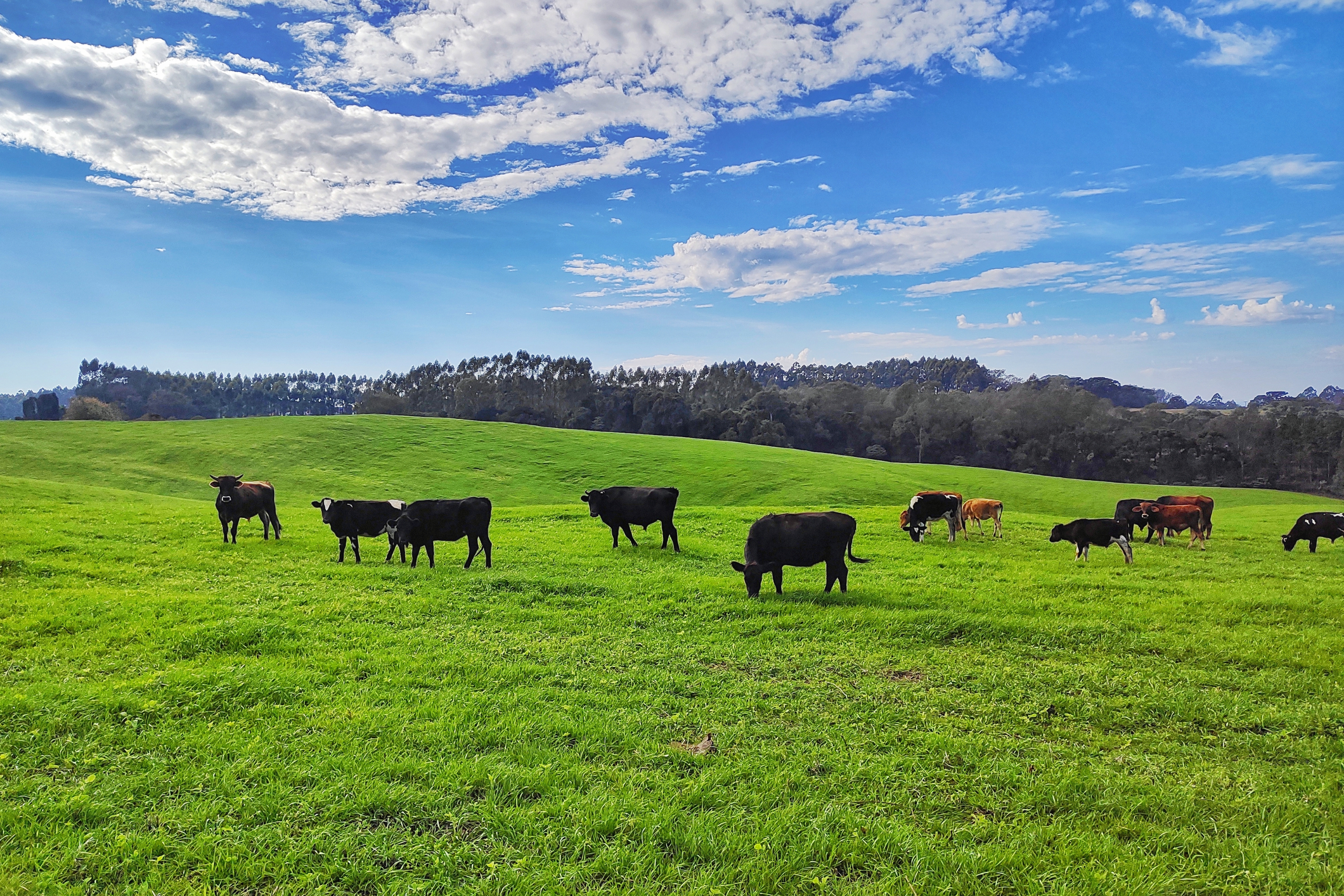
Rotational Grazing: What Is It And What Are The Pros and Cons?
Rotational grazing is a livestock management practice where ranchers divide their pastures into smaller sections, known as paddocks, and systematically move their herds between them. This approach allows forage plants in previously grazed paddocks to rest and regrow before being grazed again, promoting healthier pastures and more sustainable livestock production.
Advantages of Rotational Grazing
-
Enhanced Soil Fertility and Health: Allowing pastures to rest between grazing periods leads to deeper root systems and improved soil structure. This enhances nutrient cycling and increases organic matter, resulting in more fertile and resilient soils.
-
Increased Forage Production and Quality: Rest periods enable forage plants to recover and grow more vigorously, leading to higher yields and better-quality feed for livestock. Ranchers have observed improved nutrient value in forages under rotational grazing systems.
-
Improved Drought Management: Healthier soils with better structure can retain moisture more effectively, making pastures more resilient to drought conditions. This ensures a more consistent forage supply during dry periods.
-
Enhanced Animal Health and Performance: Regularly moving livestock to fresh paddocks reduces exposure to parasites and diseases, leading to healthier animals. Additionally, the availability of higher-quality forage can improve weight gain and overall livestock performance.
-
Environmental Benefits: Rotational grazing can reduce soil erosion, enhance carbon sequestration, and improve water quality by minimizing runoff. These environmental benefits contribute to the sustainability of ranching operations.

Challenges of Rotational Grazing
-
Initial Costs and Labor Requirements: Implementing a rotational grazing system requires investment in fencing, water infrastructure, and possibly additional labor to move livestock regularly. These upfront costs and increased management demands can be barriers for some ranchers.
-
Infrastructure Development: Effective rotational grazing necessitates reliable water sources and shade in each paddock. Developing this infrastructure can be challenging, especially in extensive or remote grazing areas.
-
Knowledge and Management Skills: Successful rotational grazing requires understanding forage growth patterns, optimal grazing periods, and effective pasture management strategies. Ranchers may need additional training and education to implement these systems effectively.
Despite these challenges, many ranchers find that the long-term benefits of rotational grazing, such as improved pasture productivity, animal health, and environmental sustainability, outweigh the initial investments. By carefully planning and implementing rotational grazing systems, ranchers can enhance the sustainability and profitability of their operations.
Integrating Barn Owl Cameras into Rotational Grazing Practices
Implementing rotational grazing requires diligent monitoring to ensure pastures are utilized efficiently and livestock health is maintained. Barn Owl's advanced camera systems offer ranchers a practical solution to oversee their operations remotely, enhancing both productivity and sustainability.
Enhanced Pasture Management
Barn Owl cameras enable ranchers to monitor pasture conditions in real-time, facilitating timely decisions on when to move livestock to new grazing areas. This continuous oversight helps prevent overgrazing and promotes optimal forage utilization, leading to healthier pastures and improved livestock performance.
Efficient Infrastructure Monitoring
Maintaining functional fences and gates is crucial in rotational grazing setups. With Barn Owl's remote monitoring capabilities, ranchers can quickly identify and address infrastructure issues, ensuring livestock remain within designated grazing areas and reducing the risk of unauthorized access.
Water Resource Oversight
Adequate water supply is vital for livestock health. Barn Owl cameras allow for remote monitoring of water sources, enabling ranchers to ensure consistent water availability without the need for frequent physical inspections.
Labor and Cost Efficiency
By providing real-time data and reducing the necessity for on-site visits, Barn Owl cameras help ranchers save on labor and fuel costs. This efficiency allows for more strategic allocation of resources, contributing to the overall profitability of the ranching operation.
Integrating Barn Owl camera systems into rotational grazing practices offers ranchers a modern tool to enhance management efficiency, animal welfare, and operational sustainability.

For more information on Barn Owl cameras, please visit www.barnowl.tech
Up next: Regenerative Vs. Rotational Grazing: What Is the Difference?
Share


